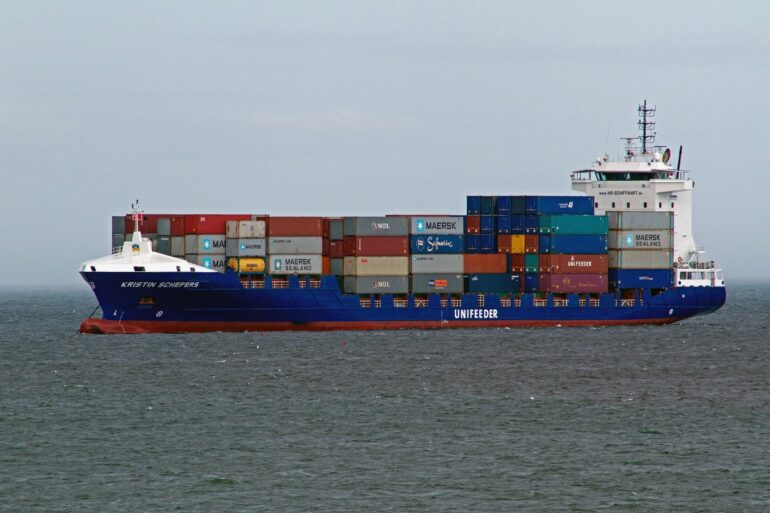An 80% reduction in sulfur dioxide shipping emissions observed in early 2020 could be associated with substantial atmospheric warming over some ocean regions, according to a modeling study published in Communications Earth & Environment. The sudden decline in emissions was a result of the introduction of the International Maritime Organization’s 2020 regulation (IMO 2020), which reduced the maximum sulfur content allowed in shipping fuel from 3.5% to 0.5% to help reduce air pollution.
Fuel oil used for large ships has a significantly higher percentage content of sulfur than fuels used in other vehicles. Burning this fuel produces sulfur dioxide, which reacts with water vapor in the atmosphere to produce sulfate aerosols. These aerosols cool the Earth’s surface in two ways: by directly reflecting sunlight back to space; and by affecting cloud cover.
Increasing the number of aerosols increases the number of water droplets that form while reducing their size, both increasing the cloud coverage and forming brighter clouds which reflect more sunlight back to space. Marine cloud brightening is a form of geoengineering where marine clouds are deliberately seeded with aerosols to achieve this effect.
Tianle Yuan and colleagues calculated the effect of IMO 2020 on the atmospheric levels of sulfate aerosols over the ocean and how this affected cloud composition. They found substantial reductions in both the levels of atmospheric aerosols and the cloud droplet number density.
The greatest modeled aerosol reductions were in the North Atlantic, the Caribbean Sea, and the South China Sea—the regions with the busiest shipping lanes. The authors then estimated the effect of IMO 2020 on Earth’s energy budget (the difference between the energy received from the sun and the energy radiated from the Earth) since 2020. They calculated that the estimated effect is equivalent to 80% of the observed increase in the heat energy retained on Earth over that period.
The authors suggest that the substantial modeled effect of IMO 2020 on Earth’s energy budget demonstrates the potential effectiveness of marine cloud brightening as a strategy to temporarily cool the climate. However, they also warn that the intended reduction in sulfur dioxide emissions due to IMO 2020 potentially causing an inadvertent increase in marine atmospheric temperature is an example of a geoengineering termination shock, which could affect regional weather patterns.
More information:
Tianle Yuan, Abrupt reduction in shipping emission as an inadvertent geoengineering termination shock produces substantial radiative warming, Communications Earth & Environment (2024). DOI: 10.1038/s43247-024-01442-3. www.nature.com/articles/s43247-024-01442-3
Provided by
Nature Publishing Group
Citation:
Reduced sulfur content in shipping fuel associated with increased maritime atmospheric warming (2024, May 30)



